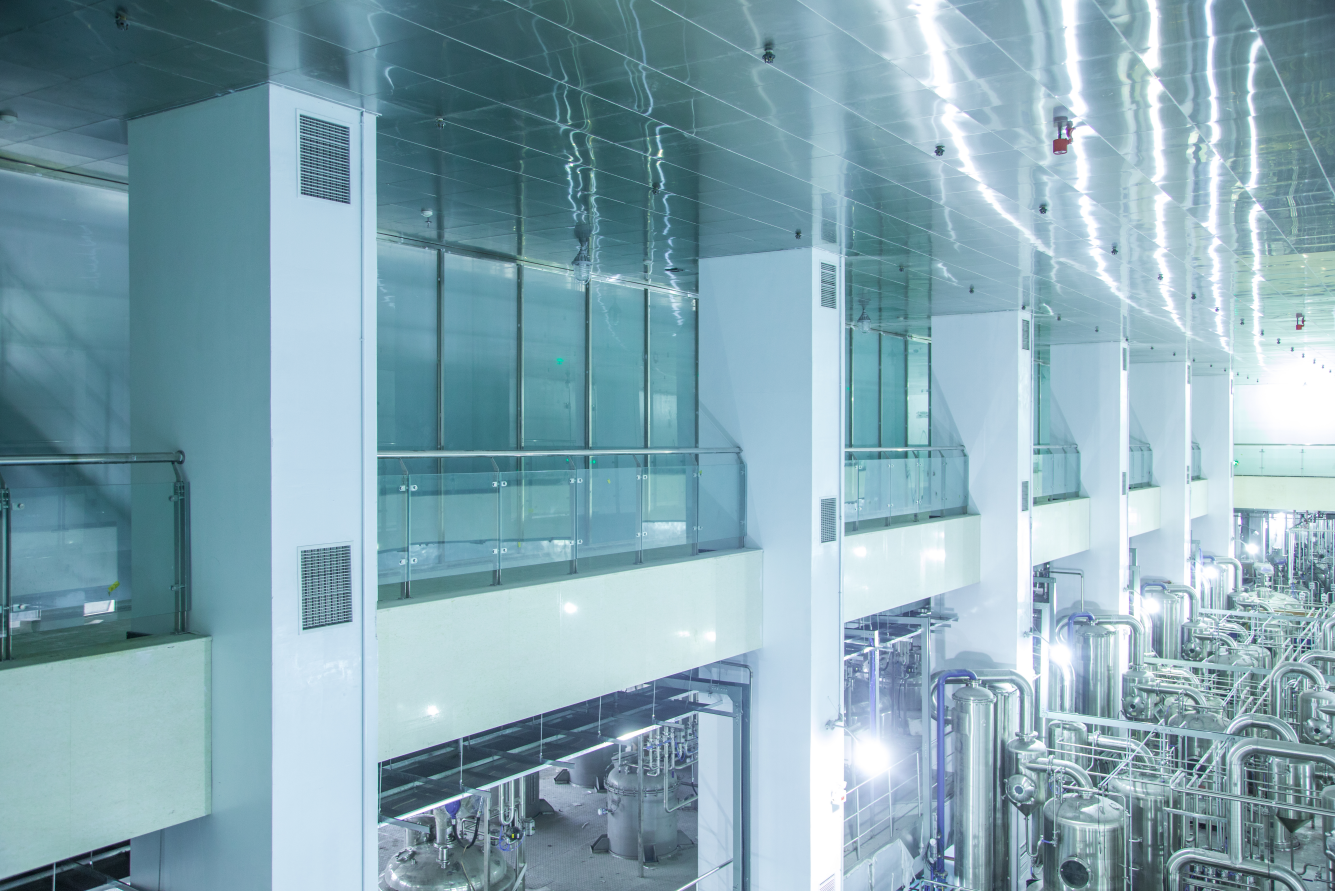Clean room testing technology, also known as contamination control technology. Refers to the control of contaminants in the environment (substances that affect the quality, qualification rate or success rate of products, humans and animals) during processing, disposal, treatment, and protection Technology.
Contamination of contaminants includes the damage to products and harm to people.
Contamination includes both direct contamination and cross contamination (so-called infection in the medical field).
People are the birthplace of pollution sources: the human body emits 100,000 particles per minute (particle size ≥0.5μm).
They shed 6 to 13 grams of epidermal cells per day, or about 3.5 kilograms of human cells per year.
The source of micro-pollution in the semiconductor clean room, after testing, the operating personnel accounted for 80%.
For different objects, there are different pollution control requirements.
⑴ Suspended particles in the air (non-biological and biological)
⑵ Suspended molecular contamination in the air
⑶ virus
⑷ Slight vibration
⑸ Static electricity
⑹ Production process medium: high-purity industrial gas, special gas, high-purity water and high-purity chemicals and other related impurities.
The clean technology content involves:
⑴ Clean room detection technology (industrial clean room, general living clean room and isolated biological clean room): including air purification, building decoration, control of the source of contaminants and anti-fretting.
⑵Preparation, transportation and purification of high-purity industrial gases, special gases, high-purity water and high-purity chemicals.
⑶ Detection and monitoring of contaminants.
Application areas of clean inspection technology include:
Microelectronics, optoelectronics, electronic materials; instrumentation, precision machinery; pharmaceutical engineering and biological engineering; beverages, food engineering.
Post time: Oct-28-2021

